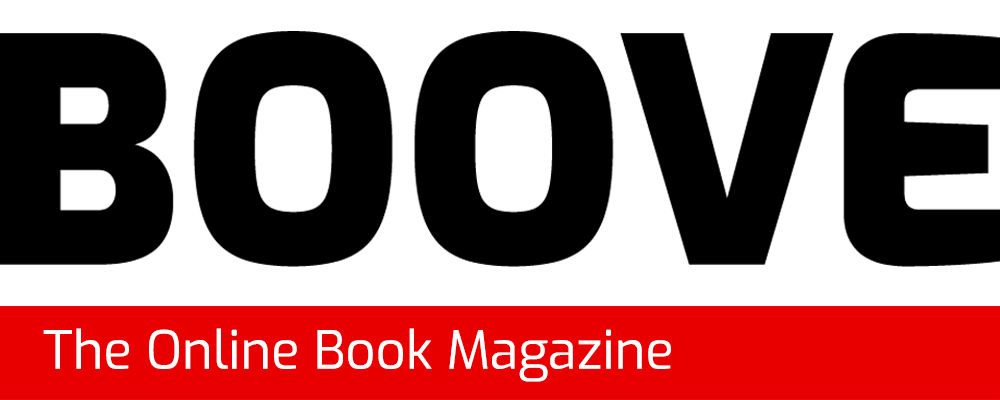Book covers are the first line of marketing for your novel and should thus capture and convey what your written work is about effectively. The right design can be why your book is picked by readers and adds to the publicity through word of mouth and public attention.
This is why much emphasis goes into creating book covers in the literary industry, from graphic designers to illustrators and photographers. As such, if you’re an aspiring author looking to create your cover, there are several steps you can follow to design a fitting cover for your book.
1. Research Book Covers In your Genre
The first stage to creating a captivating book cover for your written work is to research other book covers. Finding inspiration from previously published authors in your genre can help you get ideas on how the final look should appear and what visually draws readers of the genre. Most literary genres have an established style set by influential writers for covers because these were identified themes to suit the tone of works written.
If you’re a fiction author, you can begin your search by browsing creative YA book covers for contemporary styles popular with this audience segment. For more nuanced and niched genres, you can conduct online searches from book covers of notable authors.
During your research, be aware of any patterns you might notice on the covers. These could be recurring usage of similar imagery, moods and tone, symbols, and even layouts. Make sure to write a bulleted list of these noticeable features to incorporate them into your ideas.
2. Familiarize Yourself With Design Elements
Once you have a sense of what book covers in your genre look like, you can start to learn about the design elements used to create them. To do this, take your list of noticeable design features from your cover research and flesh them out more. Group these ideas into categories of colours, fonts, book title placement, and whether the covers contain images and photographs or white spaces are used to break up the cover into sections.
If you are designing the cover by yourself, you can research design elements for the category separately. This may include what colour theory shows which hues complement each other and what fonts and sizes work for your book genre.
You can also find out why photographs, illustrations, or graphics are used for your audience to inform your decision when you eventually create your cover. If you prefer to streamline this entire process, you can hire creative book designers like this to create the cover you want. Then, you can proceed according to a brief of the design elements you’ve identified.
3. Choose a Design Idea
With all your research and design elements complete, you can now decide on what your design should be. To do this, you can narrow down your list of ideas by considering several factors about the tone of your work and genre. Think about the main themes contained in your story or writing and what you want to highlight from it.
For fiction and non-fiction writers, serious book themes such as loss, loneliness, and tragedy have somber, subdued, and minimalist cover design ideas. Intense and thrilling books with crime, drama, and horror themes usually use dark and frightful ideas using contrasting colours and dramatic imagery.
Positivity and realism-themed books with social commentary meant to uplift and inspire and for readers to learn from can be more playful and simplistic. For instance, you can use bright colours and images of faces for a human touch.
You can also consider factors such as what will be eye catching as a thumbnail of a website. Besides, think about whether to base your cover design on a simple central idea or incorporate many ideas into one. Whichever design idea you choose, make sure that it supports what your research shows are best for your genre.
4. Create Your Template or Mock-Up
When you’ve finally chosen your design idea, you can begin assembling your book cover and see how it looks put together. You can create it using template websites online made specifically for book covers. Make sure to use the correct template size for the format that your book will be printed or published in if it’s an e-book.
Many of these tools offer pre-made templates or blank slates that you can populate from scratch using free-to-use design tools. Use this step with your templates to experiment with your idea and discern if it’s workable.
Figure out how you want to use the space and where to position elements such as the title, images, and your name. This is why templates and mock-ups are beneficial; they give you a chance to bring your imagined cover to life and make adjustments if you’re dissatisfied with your initial idea.
5. Get Feedback
When you’ve created your chosen template, you should ideally send it to someone credible to evaluate it as a final step. These can be industry leaders, reviewers, book marketers, or publishers. It can even be notable people in a book club or literary community who are familiar with book covers of your genre.
Getting feedback from a test audience can be helpful to learn the response your cover will have on future readers. This insight is vital in assessing whether your cover effectively draws attention to your book. You can also use these second opinions as advice to make further alterations or approve it as a final draft. Once complete, you can consider your book cover design process finished and ready for printing or issuing.
Conclusion
You can design the best book cover by approaching your genre as its own brand and taking cues from past successful novels. However, be aware of the design elements you used to guide your choices when crafting your cover.
When you’ve finally honed in on a workable idea, create a cover mock-up and send it to a trusted advisor for observation. Throughout the process, remember that book covers are a balance of your creative freedom and expression with the appeal and expectations that will attract readers to buy your book.



